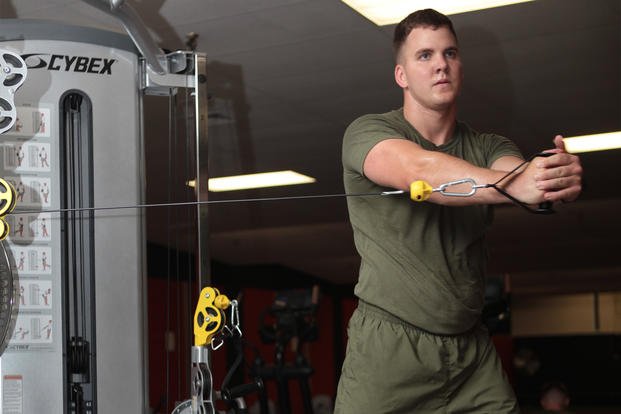Fitness tests throughout the military are evolving from the standard push-ups, sit-ups, and 1.5- to two-mile run into increased speed, agility and combat conditioning. This training also is being used in law enforcement pre-employment hiring phases.
Many athletes think that after high school or college, there will be little need to keep running sprints. Over time, these people either will become lifters who never run or long-distance runners who never lift. To be a tactical athlete today, you have to be well-rounded and train so that you still have endurance and muscle stamina, but also strength, speed and agility.
Very often, obtaining and sustaining employment in tactical occupations (i.e., military, police, Special Ops and SWAT) means you will need to add some sprint and agility training into your plan.
The transition from 1.5- to three-mile timed runs in the military to completing sprint and agility tests in local or federal law enforcement may seem easy, but it can be very challenging to compete on a high level without injuring yourself. These tests are difficult for first-timers and those who are not used to sprinting.
Here are many events used to test speed and agility, and the agencies that utilize these testing events to monitor candidates and members alike:
300-meter sprint: Many law enforcement agencies around the United States, including the FBI.
400-meter sprint: Used by military Special Ops, police SWAT teams and my tactical fitness test.
40-yard sprint: From a prone position carrying a weapon, used by FBI and SWAT.
Illinois Agility Test: Used by federal law enforcement and my Tactical Fitness Test.
Shuttle runs: 300 yards (6 x 50 meters), used by SEAL teams and my tactical fitness test.
Shuttle runs: 100 meters (4 x 25 meters), UBRR (upper-body round robin) used by many tier-one units in the military.
120-yard shuttle run: (4 x 30 yards), used by the Drug Enforcement Administration.
120-foot shuttle run: (4 x 30 feet), used by military service academies.
Beep test: A version of the shuttle run timed by "beeps" at decreasing intervals each lap, used by various police departments around the world.
These tests are relatively easy to train for. Basically, after a thorough warmup, do a few of the tests at 50% of full speed to get acclimated to the motions of the event. Then build up to 100% full speed once or twice for the day. Continue with the remaining sections of your usual workout. If you do this two to three times per week, you will see big improvements in your times.
Depending on your chosen career route, I recommend you do your research and find out what the testing elements of your training will require. As you age, you should combine sprints with directional changes in your weekly routine. Otherwise, tight hamstrings -- not accustomed to sprinting -- and ankles -- not ready for quick changes of direction -- will fail you and could hinder your success in advancing into certain programs or getting hired.
Stew Smith is a former Navy SEAL and fitness author certified as a Strength and Conditioning Specialist (CSCS) with the National Strength and Conditioning Association. Visit his Fitness eBook store if you're looking to start a workout program to create a healthy lifestyle. Send your fitness questions to stew@stewsmith.com.
Want to Learn More About Military Life?
Whether you're thinking of joining the military, looking for fitness and basic training tips, or keeping up with military life and benefits, Military.com has you covered. Subscribe to Military.com to have military news, updates and resources delivered directly to your inbox.


















